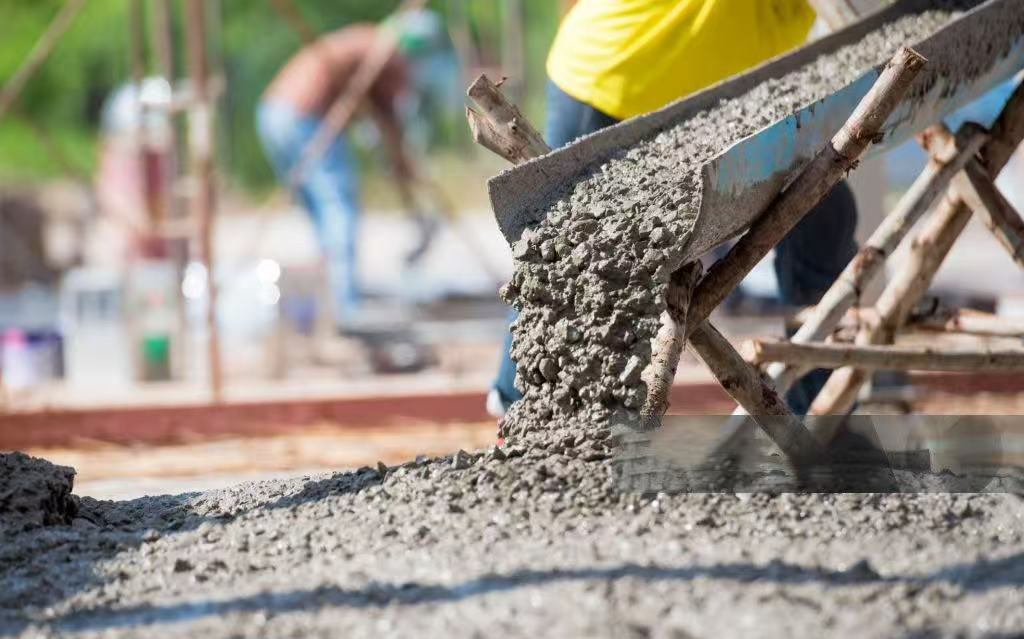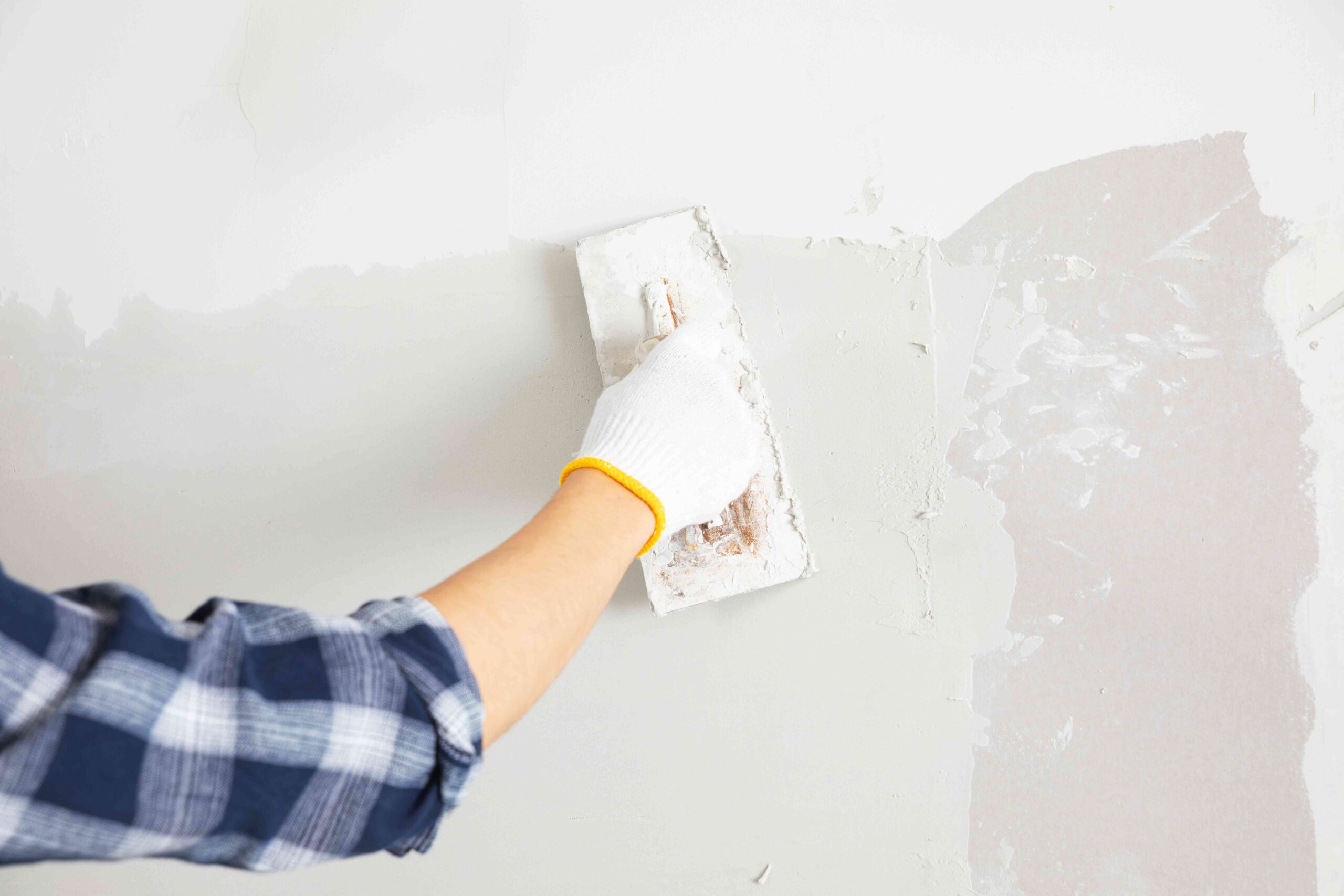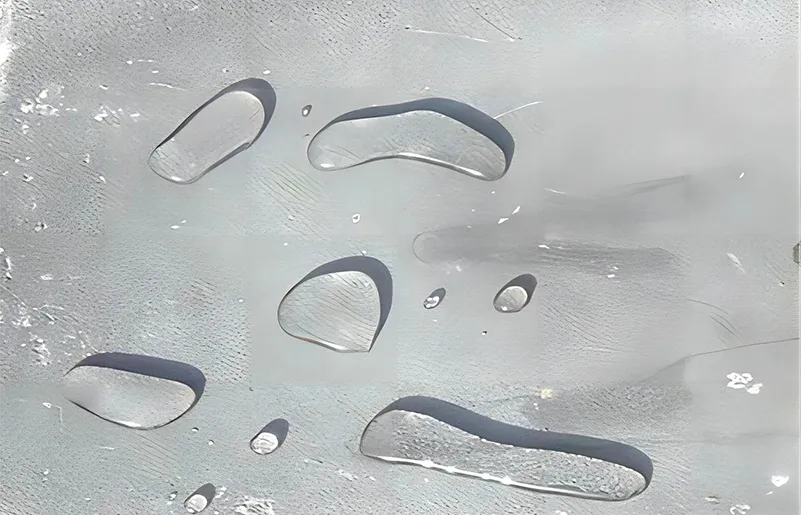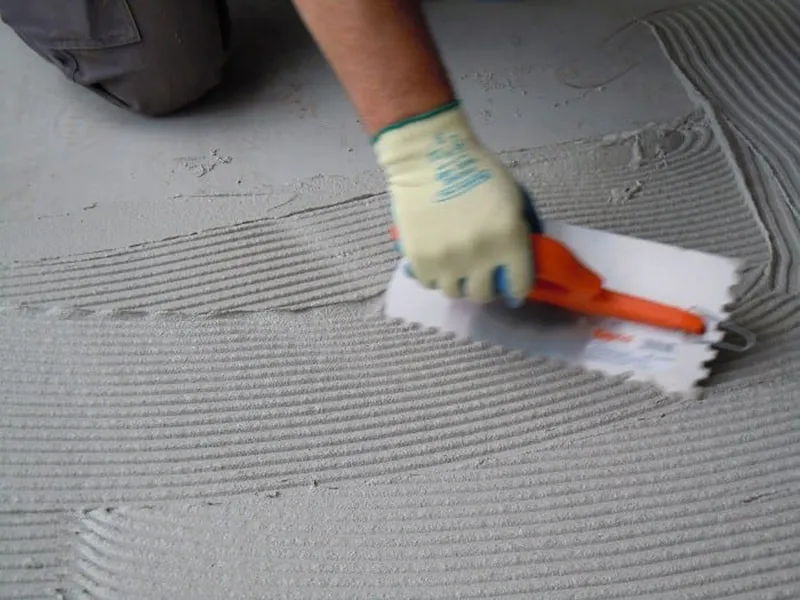Contents
Understanding HPMC in Construction
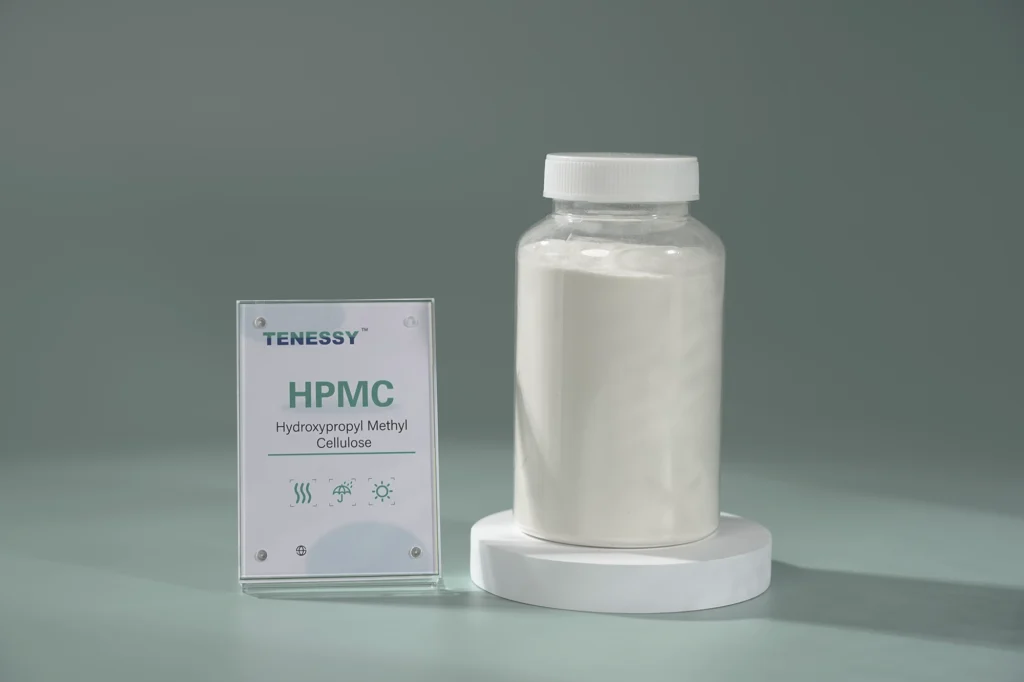
What is HPMC?
Hydroxypropyl Methyl Cellulose (HPMC) is a versatile compound widely used in the construction industry. It is a non-ionic cellulose ether based on refined cotton that has been chemically treated to enhance its properties. HPMC has distinct chemical features in that it dissolves in cold water, forming a colloidal solution with good thickening, binding, dispersing, and gelling qualities. These features enable HPMC to increase the consistency and stability of building materials, ensuring optimal performance under all conditions. In construction, HPMC can be used in a variety of materials. You’ll often encounter it in products such as tile adhesives, plasters and self-leveling compounds. Its ability to enhance viscosity and adhesion makes it an essential ingredient in these materials. By incorporating HPMC, you can achieve better workability and durability in your construction projects.Importance of HPMC
Hydroxypropyl Methyl Cellulose it plays an important role in improving the performance of construction materials and contributes to the overall success of the project.Advantages of HPMC in construction materials
HPMC has many advantages when used in construction materials. It significantly improves water retention and ensures proper hydration for maximum strength and durability. This property is particularly important in cement-based materials, where maintaining moisture levels ensures optimal results. In addition, HPMC improves adhesion, making materials such as mortars and tile adhesives easier to apply.HPMC’s role in improving material properties
HPMC can improve the performance of construction materials in a variety of ways. It functions as a rheology modifier, increasing the workability and stability of materials. This means you may achieve smoother applications while lowering the danger of material deterioration over time. Furthermore, HPMC improves material structural stability, extending service life and boosting resistance to environmental conditions including UV radiation and weathering.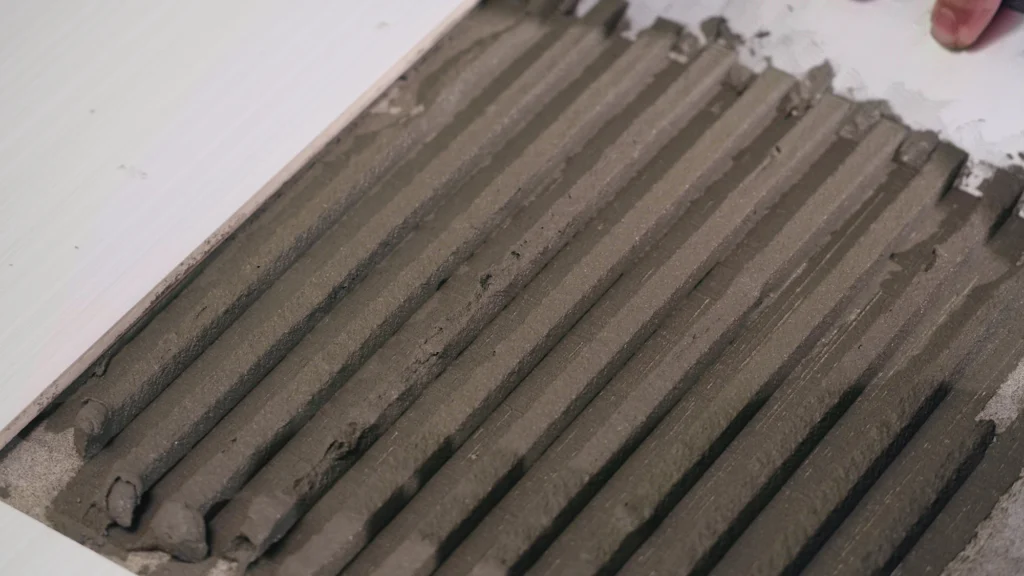
Common Issues with HPMC and How to Fix Them
Hydroxypropyl methyl cellulose (HPMC) is an important ingredient in construction, but it can present some challenges. Understanding these issues will help you address them effectively and ensure optimal performance for your project.
Issue 1: Poor water solubility
Causes of Poor Solubility
You may experience poor water solubility of HPMC due to a number of factors.The chemical structure of HPMC affects its ability to dissolve in water. Changes in degree of substitution and molecular weight can cause solubility problems. In addition, improper mixing techniques or using water at the incorrect temperature can exacerbate the problem.
Impact on building materials
Poor solubility can substantially impair the performance of building materials. When HPMC does not dissolve adequately, it causes an uneven distribution in the mixture. This inconsistency impacts the material’s viscosity and adherence, leading to poor performance. You may notice a decrease in the workability and strength of the building material, affecting the quality of your project.
The Solution
To improve the water solubility of HPMC, you should adjust your mixing technique. Proper mixing ensures that the HPMC dissolves evenly, prevents clumping and ensures a consistent mixture, which can be achieved by using a mechanical mixer to achieve uniform mixing. Gradually add HPMC to the water while stirring continuously. Compatible additives can be added to enhance the solubility of HPMC.
Issue 2: Inconsistent Viscosity
Factors Affecting Viscosity
There are several reasons that can contribute to inconsistent HPMC viscosity. Temperature changes during storage or application might affect the viscosity of HPMC solutions. Even minor variations in the pH of the mixture can result in major changes in viscosity. Furthermore, the presence of contaminants or incompatible additives might disrupt the viscosity equilibrium.

Consequences of Viscosity Problems
Viscosity problems can have serious consequences for construction projects. Inconsistent viscosity can affect the ease of use and final appearance of the material. You may have difficulty obtaining a smooth surface or maintaining the desired thickness. This inconsistency can lead to increased material waste and higher costs. In addition, it can compromise the structural integrity of the finished product, reducing its durability and longevity.
The Solution
You should closely monitor temperature and pH during HPMC storage and application. Temperature fluctuations can change the viscosity of HPMC solutions, which need to be stabilized to prevent viscosity changes. It is also important to keep the HPMC in a dry environment, as humidity can cause the product to agglomerate and affect its use. Quality control measures should be implemented for different batches of the product, and regular testing and monitoring will help to identify any deviations from the desired viscosity level and ensure product consistency.
Issue 3: Incompatibility with other materials
Causes of Incompatibility
Incompatibility between HPMC and other materials usually stems from chemical interactions. Certain additives or ingredients in a construction mixture may react adversely with HPMC. This reaction can lead to phase separation or precipitation, affecting the overall stability of the mixture. In addition, variations in HPMC product formulations can lead to compatibility issues.
Impact on Construction Projects
Incompatibility with other materials can damage a construction project in a number of ways. It can lead to poor bonding between layers, which can lead to delamination or cracking. You may also have trouble achieving the desired texture or finish. These issues can increase construction time and costs, as additional steps may be required to correct the problem. Ultimately, incompatibility may compromise the quality and longevity of your construction project.
The Solution
Different grades have different properties and are therefore suitable for specific applications. Selecting the correct grade of HPMC is important to enhance material compatibility. Test the interaction of HPMC with other materials in the building to detect adverse reactions or incompatibilities.
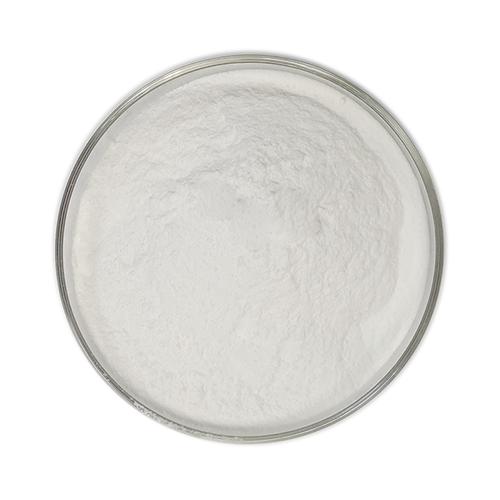
Summary
Addressing various HPMC issues is important to improve construction outcomes, and by taking a proactive approach, you can ensure that HPMC continues to improve the durability and efficiency of construction materials.


